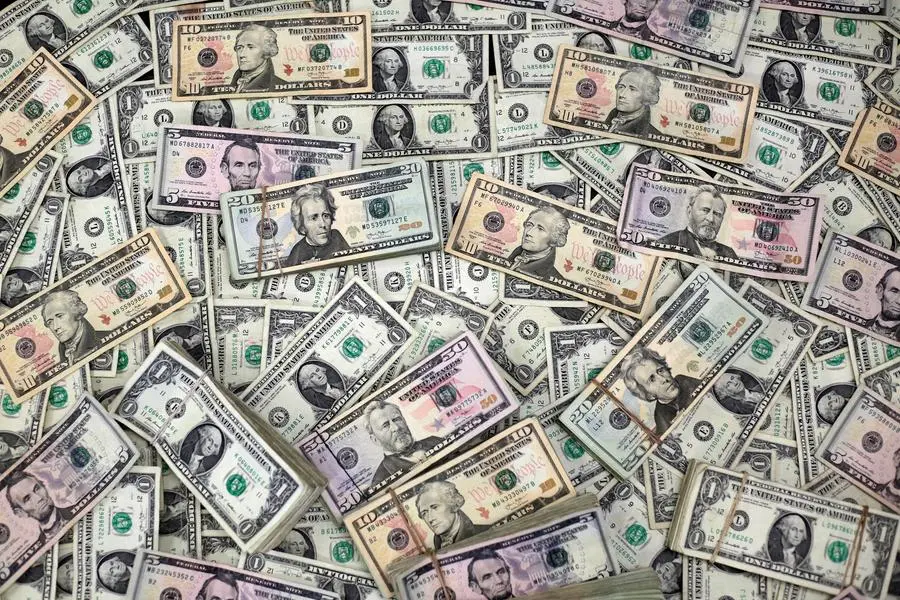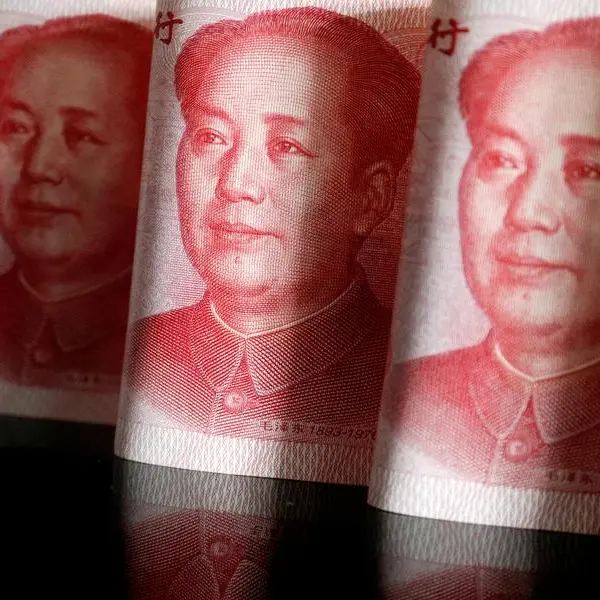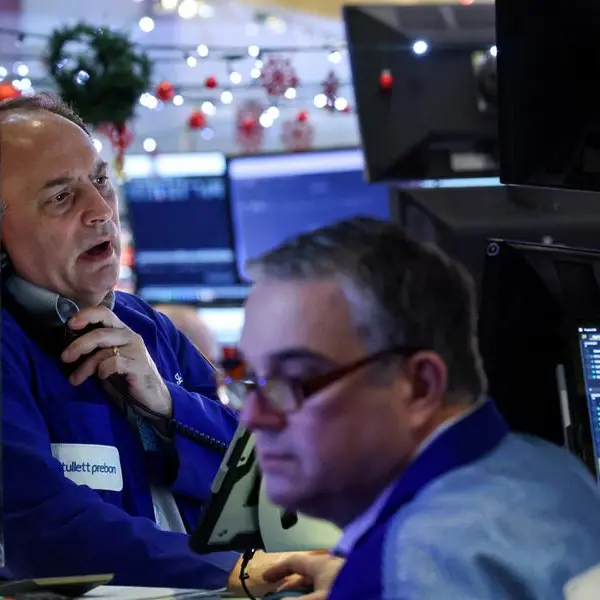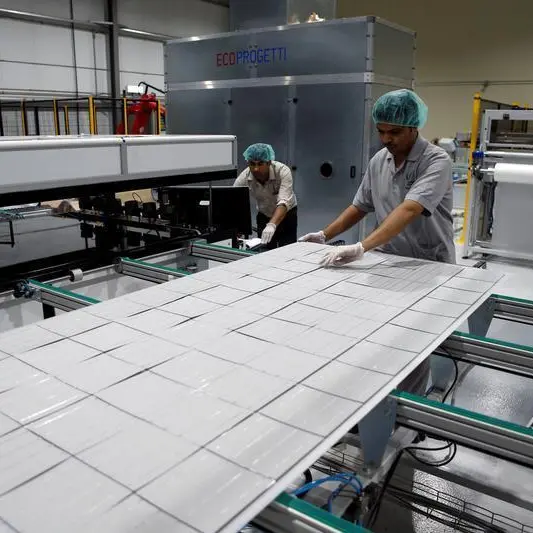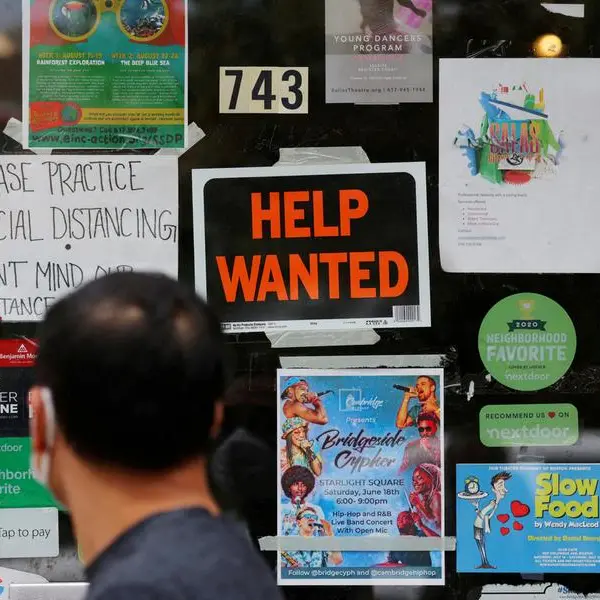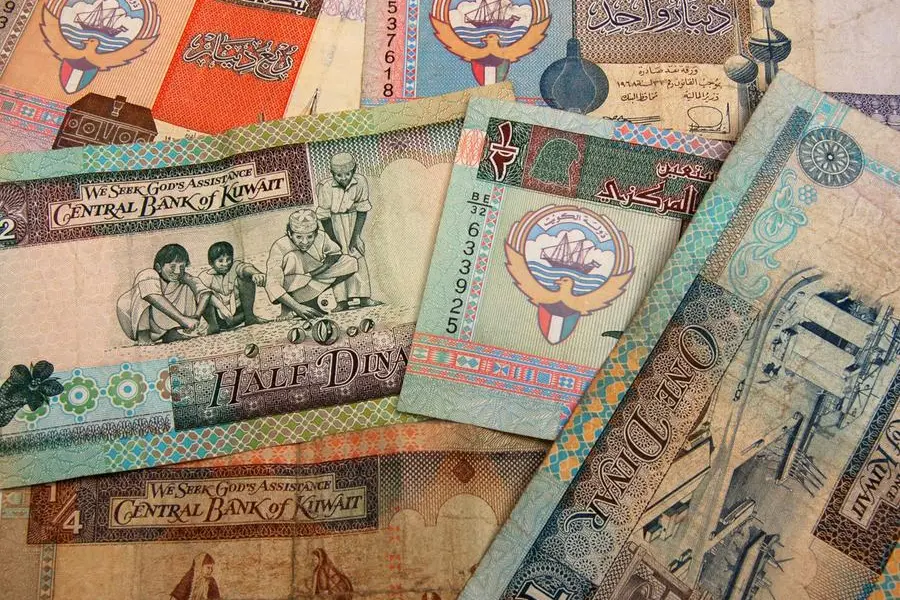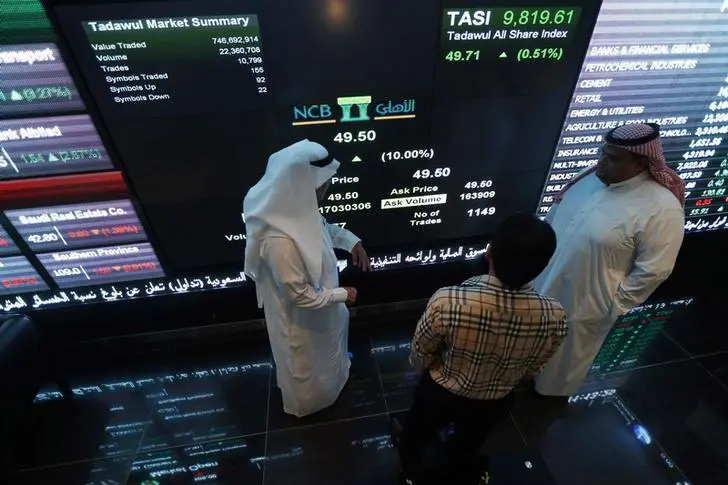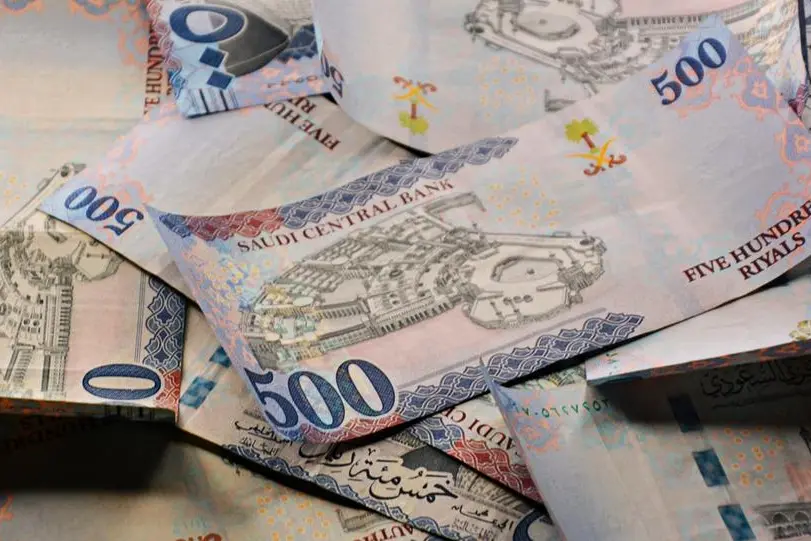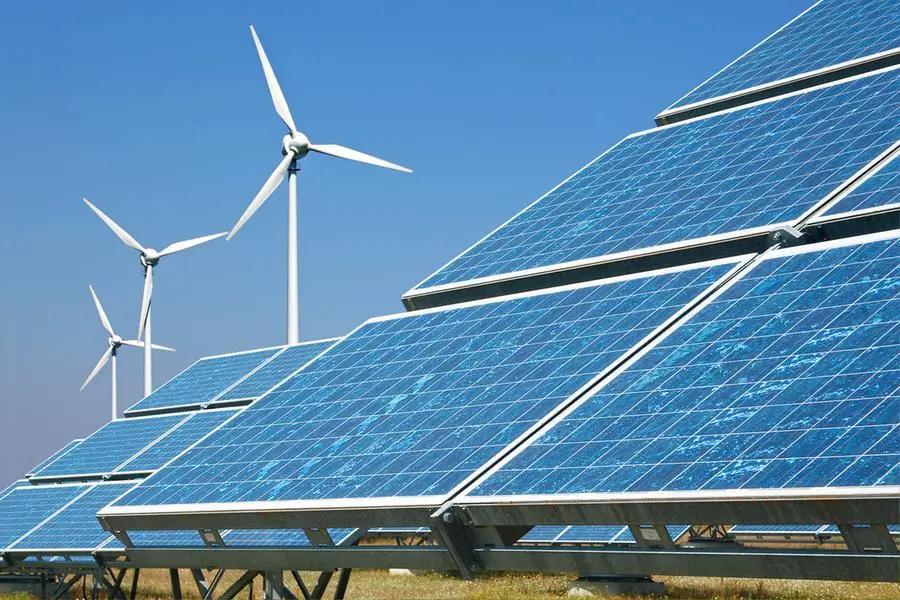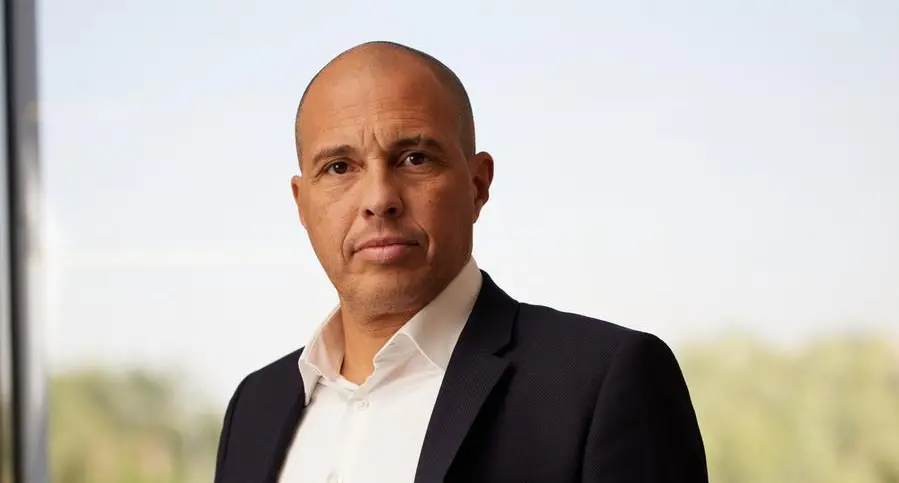PHOTO
LONDON - Currency markets that only a few months ago assumed a trade war would lift the U.S. dollar now suspect that a full-scale devaluation may be underway, suggesting few market players have any clear handle yet on the administration's dollar plans.
Much like the scuppered post-election rally in Wall Street stocks, the dollar has been a major casualty of President Donald Trump's unfolding import tariff plan, partly due to what his Treasury Secretary Scott Bessent likes to call a trade policy of "strategic uncertainty".
If - as we are told routinely - markets hate uncertainty, then the conduct of that policy is playing out as you might expect. It certainly seems to have spooked many of the overseas investors who have been propping up punchy U.S. asset valuations for years.
But more than three months into the new presidency, the question of what the administration really wants to do with the dollar remains fuzzy in most people's eyes.
'STRATEGIC' HEADSCRATCHING
Trump made it perfectly clear throughout his campaign that higher tariffs would be a central plank of his economic policy, and, in turn, the dollar climbed sharply after he was voted back into the White House in November.
The basic assumption back then was that inflationary tariffs would keep U.S. interest rates elevated while undermining growth and borrowing rates around the world, forcing the dollar higher in the process and limiting the impact of the tariffs, as in 2018.
In a Reuters poll of more than 70 strategists in early January, for example, the majority assumed the greenback would build on the near 8% appreciation in the final quarter of the year - with nearly two thirds assuming it would reach parity with the euro this year.
Even many Trump advisers were braced for something similar.
The tariffs that emerged in the six weeks after the inauguration were not that far off what the president had flagged previously. Yet investors acted as though they had been bamboozled, and the dollar suddenly fell back sharply.
So much so, that those same FX analysts polled again this week now see the dollar weakening against the euro as far as $1.16 in a year's time - some 14% from the parity expected only four months ago and the biggest year-ahead monthly forecast upgrade since November 2010.
There have been multiple other moving parts since January of course - the dramatic April 2 'reciprocal tariff' sweep and subsequent 90-day pause, the effective trade embargo between America and China, and European security fears that prompted plans for a dramatic increase in spending in Germany and across the European Union.
Amid all that, Trump's domestic agenda and his stinging criticism of the Federal Reserve raised worries about U.S. institutions, jarring overseas investors in both stocks and bonds. Fear of capital flight only made the dollar sink further.
These moves were understandable, given how much capital has flooded U.S. markets in recent decades. Indeed, $14 trillion of overseas money has streamed into U.S. equities since 2012, about half of which came from Europe.
More broadly, the ballooning U.S. Net International Investment Position showed foreign holdings of U.S. securities at some $26 trillion more than U.S. investments overseas, a rise of $22 trillion over the same 13 year period.
Reflecting that deluge and the related belief in U.S. "exceptionalism", the dollar's real effective exchange rate index skyrocketed by almost 50% since 2011.
Even if the face of all the recent jitters, it's only fallen back 5% since January.
If the Trump team wants a weaker dollar and narrower trade deficits, as has been argued, it may simply have to accept the potentially huge financial market cost, as foreign capital exits in parallel. If so, the process is only beginning.
"HIGH, HIGH PRICE"
Now jump forward to this past week, and suddenly all the talk in Asia has been of Washington forcing dollar depreciation across the region as a quid pro quo for bilateral trade deals to head off the reciprocal tariffs due to reappear in July.
Admittedly that speculation was denied in official circles, and the wild moves in Asian FX markets - both Taiwan's dollar and China's yuan surged in recent days - may have been exaggerated by a series of holidays in the region.
But with multiple weeks still left to go in all these bilateral talks, more questions than answers are stacking up.
Administration officials remain somewhat coy about the dollar. Bessent insists it should remain the leading reserve world currency but that a 'strong dollar' is really about policies that attract investment and confidence.
Those close to the administration have been more frank.
In conversation with the Council on Foreign Relations last week, former Trump Trade Representative Robert Lighthizer said: "We pay a high, high price for having an over-valued currency. It helps Wall St and people in the financial services business but it's very bad for manufacturing."
Lighthizer, hired by Citi this month as trade adviser, was asked if a reversal of foreign capital flows was a price worth paying for correcting the deficit and the dollar.
"The notion that we need that investment is not an accurate notion," he responded. "The reality is we have a lot of money in corporate America sitting on the sidelines."
"I'm not an overly weak dollar guy - but it wouldn't bother me if it were weaker." It looks like he may be getting his wish, with all that may go with that.
The opinions expressed here are those of the author, a columnist for Reuters
(By Mike Dolan; Editing by Christopher Cushing)
Reuters
